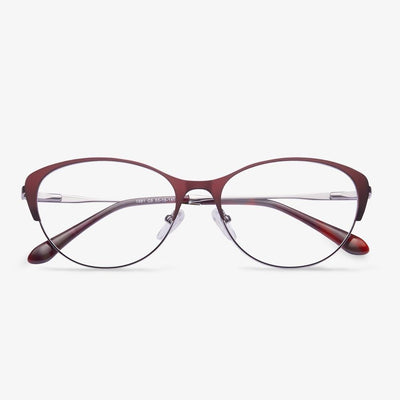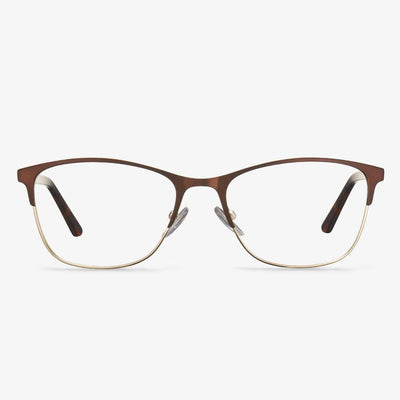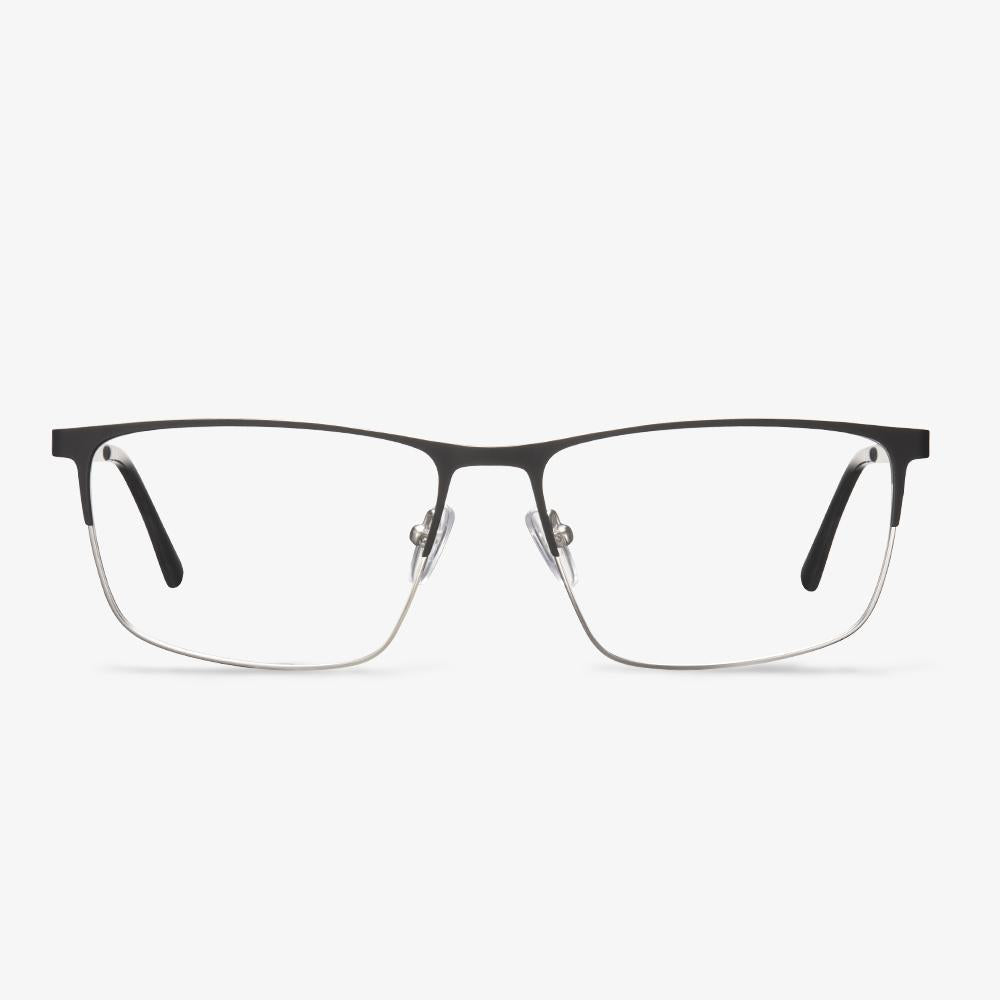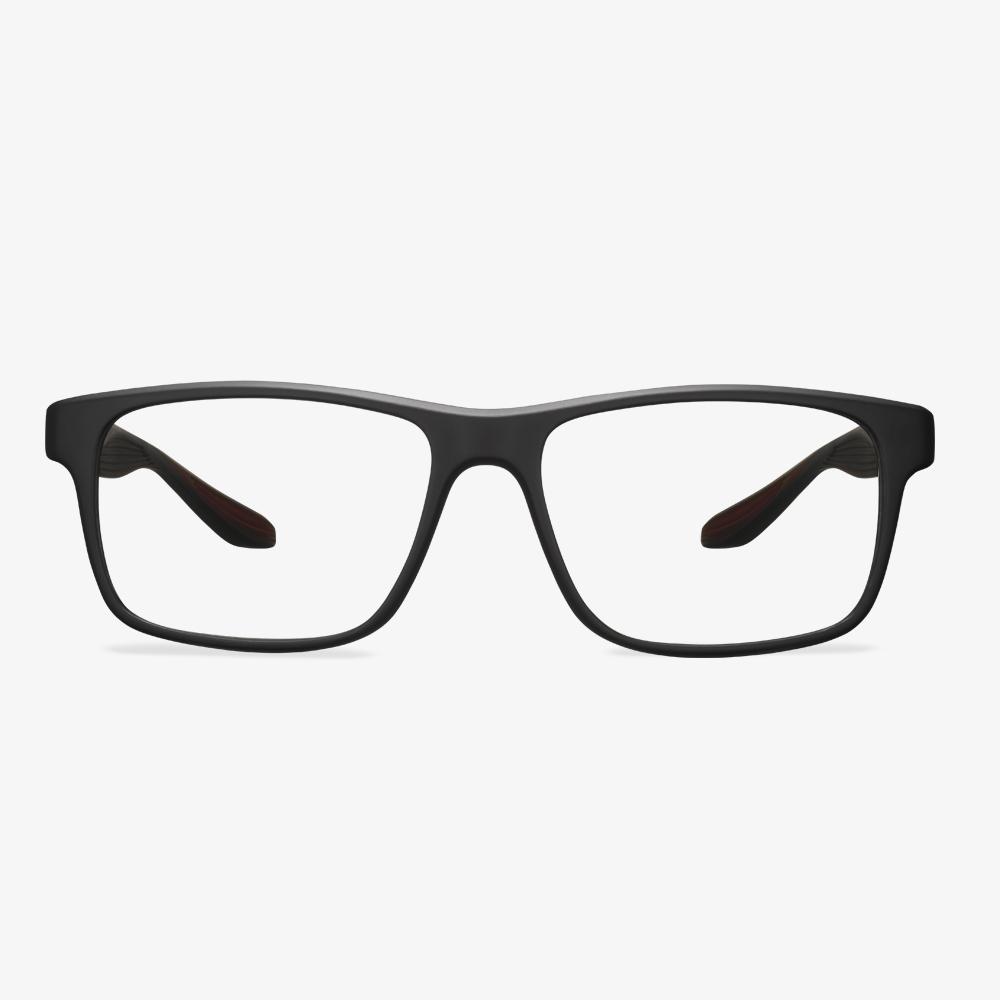Types of Adjustable Glasses
Adjustable glasses come in different types including adjustable reading glasses, adjustable focus glasses and adjustable focus reading glasses.
Adjustable reading glasses have an adjustable focal length and compensate for refractive errors. They provide variable focusing so you can adjustable them for desired distance and prescription. They are often used for reading because you do not need to adjust the position of your eyes.
Adjustable focus glasses offer an adjustable focal length. They are used to correct refractive errors including presbyopia. They provide variable focusing so as to adjust the glasses for seeing things close up or far away.
Adjustable focus reading glasses are the same as adjustable reading glasses. You can adjust the dials of the glasses so you do not need to reposition your eyes to see objects clearly in the near or far.
Evolution of hard coating technology
The first generation of the use of hard coating technology began in the early 1970s, the quartz material is deposited on the surface of a resin lens under vacuum conditions, form a very hard anti-wear film. However, due to the mismatch between the thermal expansion coefficient and the film base material, it is easy to delaminate and crack the film. Instead, it forms the mottle on the surface of the lens, and the effect is not optimal.
The second generation of hard coating technology is the use of the 1980s. The surface of the resin sheet is coated with a material with high hardness and not easy to be brittle and cracked by an immersion process. At this time, anti-reflection coating lenses had appeared and gained the recognition of consumers, but the mismatch between adding hard coating and anti-reflection coating still caused serious lens wear.
The third generation of hard coating technology was developed in the 1990s, mainly in order to solve the problem of wear resistance after coating resin lenses with an anti-reflection film. The hardened material evolved into a polymer organic matrix material.
Fourth-generation coating technology is dominated by silicon atoms, in which the hardened solution contains both organic substrates. It contains inorganic ultrafine particles, including silicon elements, which make the hard coating not only tough but also hard.
Can you wear blue light glasses while driving?
The damage of blue light has a cumulative effect. The longer the exposure time is, the more serious the damage of retinal cells will be, which will eventually lead to irreversible damage of the structure and function of the retina. Once the retina has permanent damage, degeneration will directly affect the metabolism and function of photoreceptor cells, resulting in vision loss. It depends on the glasses you're wearing. The function of anti-blue light glasses depends on the material of the glasses. Some blue light glasses have a special anti-reflective coating, which can reduce glare. These glasses are definitely helpful when driving at night.
Glasses Size - Frame Width
To really know how big a frame is, and how it will look on your face, you have to determine the width of the entire frame. The outer width of the frame is the distance between the visible areas on the left and right sides of the frame, namely, the distance between the frame and the junction of the two temples. The inner width of the frame is the distance between the inner sides of the two temples at 60mm behind the plane of the lens. This is just the contact point between the temple and the human temple. If it is too tight or too loose, it will affect the wearing comfort. The weight of the frame is evenly distributed across the bridge of the nose (or evenly distributed between the two nose pads on the bridge of the nose).
What Is Plastic Lens?
In the above part, we have introduced what polycarbonate lenses are. In this section, we will show you what the plastic lens is.
The plastic lens was first introduced in 1947. Since then, plastic has become a popular and widely used material for making eyeglasses lenses. Since the introduction and use of plastic lenses, it has sealed its mark as the most preferred choice in the optical industry.
Plastic lenses are light. With this feature, plastic lenses are popular because they will not be heavy inside the glasses frame and permit for an easy fit in any type of glasses frame. In addition, plastic glasses are cheap and easy to obtain in desired amounts. So, they are affordable for most people. Plastic lenses are very durable. So, they do not shatter easily on impact which makes it a great choice for individuals who are active or tend to drop their glasses often.
However, compared with other lens materials, plastic lenses are usually thick due to their low index of refraction. The soft feature of plastic glasses makes them susceptible to scratching from a sharp object and why scratch-resistant coating is applied to form an additional protective layer. Plastic lenses do not provide ultraviolet protection.
Anti-fogging lens
The surface of the lens is coated with a layer of anti-fogging top film. The anti-fogging function of the lens can be activated by wiping the lens with a professional anti-fogging lens cloth, which can achieve a better anti-fogging effect. Choose this anti-fogging lens and wipe it with the corresponding anti-fogging lens cloth. IT is easy to use, and the anti-fogging effect is ideal, used for a long time. They cannot be wiped and washed.
The frame materials
You should choose the driver's glasses with alloy materials. The glasses made of this material are light and strong, so your ears won't be uncomfortable when you wear them for a long time.











































